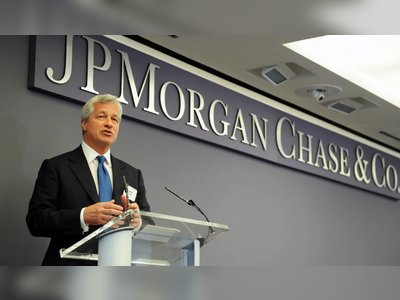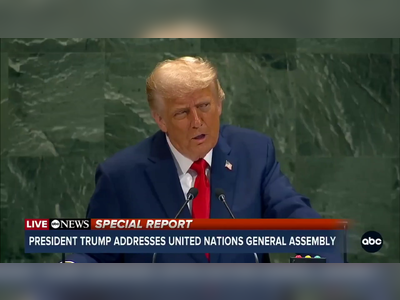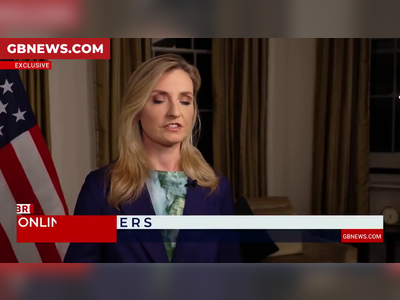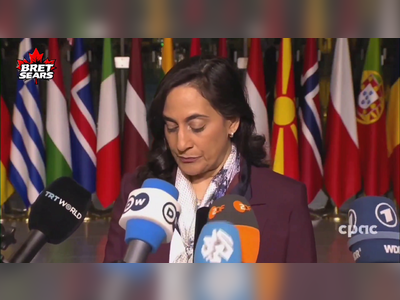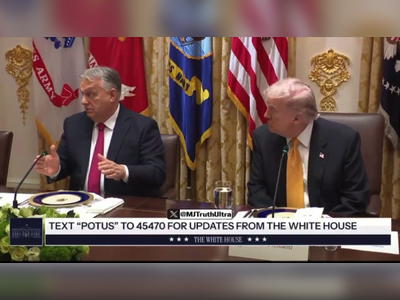Global Economic Outlook: Rising Inflation Rates and Central Bank Responses
Inflation continues to rise globally, prompting central banks to adjust monetary policy in response to economic conditions.
Inflation rates are experiencing significant increases across multiple economies, prompting governments and central banks to reassess their monetary policies.
In the United States, the Consumer Price Index (CPI) rose by 8.2% year-over-year as of the latest data release, contributing to ongoing discussions about interest rate adjustments by the Federal Reserve.
The Fed raised interest rates by 75 basis points in its September meeting, the third consecutive hike of this magnitude, with further increases anticipated in an effort to combat persistent inflation.
In Europe, inflation remains a pressing concern as well, with the Eurozone reported at a record high of 9.1% in August 2022. This has compelled the European Central Bank (ECB) to initiate its first interest rate hike in eleven years, with a 50 basis point increase in July 2022, followed by another 75 basis points in September.
The ECB's measures aim to stabilize prices while balancing the risks of recession that could arise from aggressive tightening.
In the UK, inflation reached 9.9% in August, driven by rising energy and food prices, leading the Bank of England to signal further interest rate hikes.
Economic analysts anticipate that the Bank's current strategy might lead to a prolonged period of high borrowing costs, which could influence consumer spending and investment.
Asian economies are also grappling with inflationary pressures.
Countries like Japan, traditionally characterized by low inflation, have seen a shift as prices have surged, prompting the Bank of Japan to maintain its loose monetary policy despite growing global inflation concerns.
In contrast, India recorded an inflation rate of 7.4% in July, with the Reserve Bank of India responding with gradual rate increases as it navigates cost pressures from international markets.
Global supply chain disruptions, exacerbated by the ongoing conflict in Ukraine, have intensified inflationary pressures, particularly on energy and food sectors.
This conflict has led to spikes in commodity prices, causing imports and distribution costs to rise significantly.
As economies recover from the effects of the COVID-19 pandemic, the demand for goods has surged, creating additional strain on supply chains and contributing to rising inflation.
In response to these challenges, various countries are exploring fiscal measures to mitigate the impacts of rising prices on consumers.
Governments are implementing subsidies and financial support programs aimed at alleviating the burden on households most affected by inflation.
As central banks navigate these complexities, the global economic landscape remains volatile, with inflation trends and responses varying significantly across regions and sectors.
The decisions made in the coming months are likely to shape economic policies and growth trajectories worldwide.
In the United States, the Consumer Price Index (CPI) rose by 8.2% year-over-year as of the latest data release, contributing to ongoing discussions about interest rate adjustments by the Federal Reserve.
The Fed raised interest rates by 75 basis points in its September meeting, the third consecutive hike of this magnitude, with further increases anticipated in an effort to combat persistent inflation.
In Europe, inflation remains a pressing concern as well, with the Eurozone reported at a record high of 9.1% in August 2022. This has compelled the European Central Bank (ECB) to initiate its first interest rate hike in eleven years, with a 50 basis point increase in July 2022, followed by another 75 basis points in September.
The ECB's measures aim to stabilize prices while balancing the risks of recession that could arise from aggressive tightening.
In the UK, inflation reached 9.9% in August, driven by rising energy and food prices, leading the Bank of England to signal further interest rate hikes.
Economic analysts anticipate that the Bank's current strategy might lead to a prolonged period of high borrowing costs, which could influence consumer spending and investment.
Asian economies are also grappling with inflationary pressures.
Countries like Japan, traditionally characterized by low inflation, have seen a shift as prices have surged, prompting the Bank of Japan to maintain its loose monetary policy despite growing global inflation concerns.
In contrast, India recorded an inflation rate of 7.4% in July, with the Reserve Bank of India responding with gradual rate increases as it navigates cost pressures from international markets.
Global supply chain disruptions, exacerbated by the ongoing conflict in Ukraine, have intensified inflationary pressures, particularly on energy and food sectors.
This conflict has led to spikes in commodity prices, causing imports and distribution costs to rise significantly.
As economies recover from the effects of the COVID-19 pandemic, the demand for goods has surged, creating additional strain on supply chains and contributing to rising inflation.
In response to these challenges, various countries are exploring fiscal measures to mitigate the impacts of rising prices on consumers.
Governments are implementing subsidies and financial support programs aimed at alleviating the burden on households most affected by inflation.
As central banks navigate these complexities, the global economic landscape remains volatile, with inflation trends and responses varying significantly across regions and sectors.
The decisions made in the coming months are likely to shape economic policies and growth trajectories worldwide.
AI Disclaimer: An advanced artificial intelligence (AI) system generated the content of this page on its own. This innovative technology conducts extensive research from a variety of reliable sources, performs rigorous fact-checking and verification, cleans up and balances biased or manipulated content, and presents a minimal factual summary that is just enough yet essential for you to function as an informed and educated citizen. Please keep in mind, however, that this system is an evolving technology, and as a result, the article may contain accidental inaccuracies or errors. We urge you to help us improve our site by reporting any inaccuracies you find using the "Contact Us" link at the bottom of this page. Your helpful feedback helps us improve our system and deliver more precise content. When you find an article of interest here, please look for the full and extensive coverage of this topic in traditional news sources, as they are written by professional journalists that we try to support, not replace. We appreciate your understanding and assistance.
